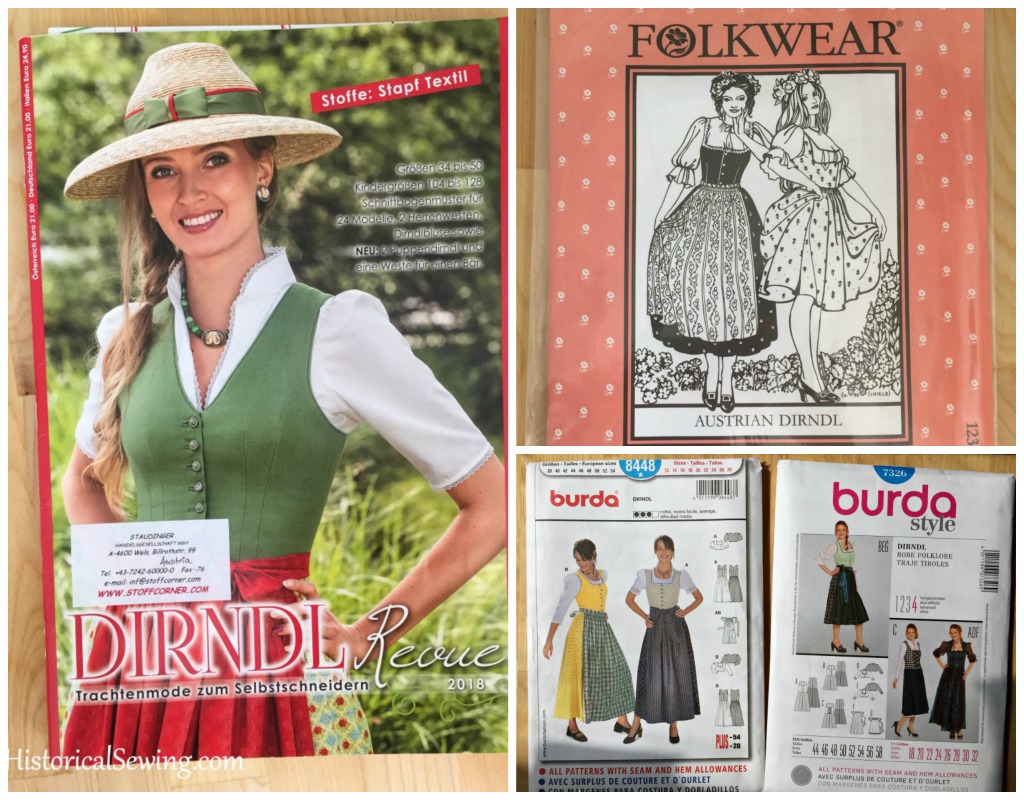history of pin point sewing patterns
Four historic American pattern companies still exist. A German immigrant in England by the name of Charles Fredrick Wiesenthal is working as an engineer.

Pin On Next Room Inspiration
Nevertheless the products made use of for stitching in these times were rather different to those we make use of presently.

. It uses sales statistics to show how his business grew and fell rapidly selling 6 million patterns in 1871 16 million in 1921 back down to 6 million in 1935. Advance began manufacturing patterns in 1933 which was sold exclusively at J. Sewing patterns are meant to be trashed or not.
The company continued through 1966 until it was sold to Puritan Fashions. Greene keeps her antique sewing patterns in plastic tubs stashed in the first-floor workshop of her old Victorian home so she can throw. Before the mid-19th century many women sewed their own.
Pin Point Pattern 1059. The American tailor Ebeneezer Butterick was the first to create a graded sewing pattern in 1863. These include pattern makers such as Alter Years Atiras Fashions Ageless Patterns Attic Copies by Past Patterns Buckaroo Bobbins Burnley and Trowbridge Costume Connection Country Wives.
Before the mid-19th century average women sewed their own clothing by hand. Scoop-necked jerkin has concealed front zip trousers are wide legged blouse has revers and narrow cuffed sleeves. Demorests Mirror of Fashion.
Simply drive thru the protective overhead area on the south side of. Long or short sleeves. They were unique in that the pattern sleeves had drawn characters rather than photos and the paper used was non-glossy.
There is no mention of a machine to accompany this device. Sewing Patterns including Edwardian Titanic Era WWI Roaring 20s Flapper Era 1930s 1940s WWII and 1950s and Retro. A merchant tailor by trade Butterick experimented with graded shirt patterns and when he moved.
Our address is 300 Spring St Fox Lake Wisconsin 53933. It came before the creation of rotating yarn and also weaving originating in the Paleolithic age. Paper patterns were first manufactured in the middle of the 19th century.
To help with this process the fantastically-named Madame Demorests Emporium of Fashion sold paper patterns to middle class American women from the mid-19th century. Starting in 1860 these patterns were sold through a magazine Mme. Most patterns on the market sold from between 25 cents to 1 depending on the type of garment but Simplicity patterns were mass-produced and generally sold for about 15 cents.
Patterns Of History Sewing Patterns. Zip front dress with tabs at waist. For accessibility support please contact customer care at 1-888-368-8401 OR.
Jerkin Trousers and Blouse. You want to have the pin heads at the outer edge of the fabric with the pin points facing the middle of the project like this. 29 Designs mccalls sewing pattern m7328.
Patterns are usually made of paper and are sometimes made of sturdier materials like paperboard or cardboard if they need to be more robust to withstand repeated use. He is awarded a patent for a double pointed needle with an eye at one end with the intention that it will aid sewing. But the Emporium was swiftly overtaken by Ebenezer Butterick in the 1860s.
To learn more information about vintage Butterick patterns. Insert your username and make sure your preferences allow for people to contact you via e-mail. Insert your username and make sure your preferences allow for people to contact you via e-mail.
Factory-produced fabrics were affordable and available in the early 19th century but easy-to-use dress patterns and sewing machines for the home seamstress were not sold in the United States until the 1850s. The first paper patterns were designed by Ellen Curtis Demorest. Vintage Sewing Patterns Out of Print Retro Vogue Simplicity.
This Time article dives deeper into the life of Ebenezer Butterick and his wife Ellen from the perspective of 1935. Patterns in Time Magazine. Pin along all four sides leaving an approximate 2½ opening along the bottom for turning.
Sewing is the process of using a needle and also string to attach items of material. Lock your seam on either side of the 2½ opening. Do not list your email address here.
In 1927 Joseph Shapiro established the Simplicity Pattern Company which created and reproduced patterns that were affordable for the average household. A sewing pattern is the template from which the parts of a garment are traced onto woven or knitted fabrics before being cut out and assembled.

Pin On Girls Boys Teens Juniors Vintage Patterns

Pin By Cheryl Wozniak On Sewing Skirt Patterns Sewing Vintage Sewing Patterns Sewing Pattern Sizes

History Of Equestrian Clothing Patterns Including Jodhpur Patterns Equestrian Outfits Equestrian Equestrian Helmet

Pin Page

1690 Wool Dress Sewing Pattern Part 1 Sewing Patterns Vintage Vogue Sewing Patterns Vogue Sewing Patterns

Pin On Patterns

Pin By Olaoluwapossible On My Story Pattern Corporate Outfits Schematic Drawing

De Coding Vintage Patterns Part 1 Mccall Patterns The Advent Of The Printed Pattern Wearing History Blog

E Pattern Sophie 1899 French Jacket Pattern Wearing History Etsy New Zealand Jacket Pattern Vintage Sewing Patterns Sewing Patterns

For The Love Of Dirndls Pattern Options Historical Sewing

The Victorian Archive Day Dress With Pattern Diagram From Godeys January 1857 Historical Clothing Patterns Costume Sewing Patterns Sewing Patterns

Pin On 1970s Vintage Sewing Patterns

Pin On Infant Toddler Vintage Patterns

Pin On Dress Historical

Pin On Edwardian Costuming

Pin By Diana Kunitsa On Patterns 2 Dress Patterns Free Clothing Patterns Prairie Dress Pattern

Pin On Moda